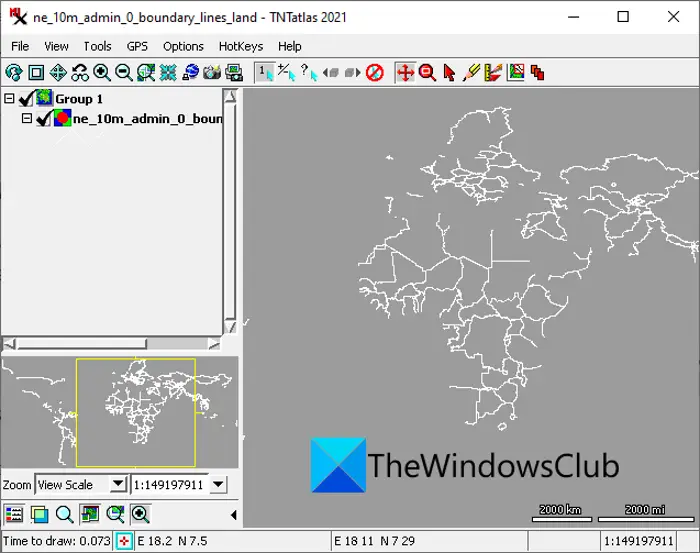

We also support AOI download of any shape or size in KML, Shapefile or GeoJSON formats. Note how I created my own subclass of Map, where I've overridden the updateDisplayList protected function to create a nice gradient filled background. and receive updates whenever new satellite images are available. Here is the application in action, and like usual you can download the source from here. At the end of the iteration, the array was converted to an Arra圜ollection that became the layer's graphic provider. If uploading a shapefile, shift+click within the Choose File to Upload dialog box to select all of the shapefiles required components (shp, shx, dbf, and prj. I then iterated over each feature to create a Graphic instance which I pushed onto an array. I've overridden the createChildren protected function to load into a byte array the shp and dbf content from which I created a ShpReader and a DbfHeader. The embedding of the shapefile (shp and dbf) in the application is accomplished by the following statement (Note the mimeType): In addition, I'm annotating the polygon with its label property and locating that annotation at its label X/Y property values. In this example, I'm filling and outlining a polygon. This was easily done by overriding the draw public function. The fact that I've created my own custom symbol is yet another demonstration of the extensibility of the API to render a Graphic in any which way I seem fit. This is an easy way to globally change the symbology of a graphic layer, without having to explicitly iterate through all its children :-) Internally, when a graphic is rendered, and that graphic has a null symbol property, it inherits its parent's symbol property value. This way, I do not have to assign a symbol to each added Graphic instance. I initialized this layer's symbol property with an instance of ShpSymbol which is my own custom symbol (more on this later).

So, to get started, I created a ShpLayer class that is a subclass of GraphicsLayer. The modifications include the generation of Geometry subclasses based on the Flex API for ArcGIS Server. This work is borrowed and modified from Edwin van Rijkom. We are already on the way to migrate other applications in order to make everyone benefit from the changes.Due to the ubiquitous nature of geographical data in shapefile format, I want to embed a shapefile in a flex application and display it as a layer in a map.
Shp file viewer code#
Migrating the applications essentially involved removing hundreds of lines of code without compromising any of its functions, and therefore greatly improved its clarity, robustness and maintainabilty. The otbFeatureExtractionApplication was chosen to beta-test the refactored module, and was therefore modified to use the new visualization tool. Adding a new user interaction, a new type of curve to display or a new eyecandy object rendering onto the image is now as simple as rewriting a light class with about no code overhead. Zipped ESRI Shapefiles, requires an ESRI Compatible Shapefile Viewer. OFR54 Bedrock Geologic Map of the Delaware Piedmont. It will now allow you to View your SHP file. The initial limited set of classes has been splitted into several lighter classes and customization entry points have been carefully introduced in each critical part in order to provide maximum extensibility at minimal cost. First, you need to add a file for Viewer: drag & drop your SHP file or click inside the white area for choose a file. The whole visualization module is now fully compliant with the Model-View-Controller architecture in use in the most recent OTB applications.

But behind the curtains, it makes a big difference. That is why end users should not notice a lot of changes appart from minor changes in the way it looks. Shape Viewer is a powerful GIS package and includes among its talents: Mexico States by Area - Imports ArcView shape files (.shp), MapInfo files (.mif), and DXF arc and polygon files (.dxf) as well as database, text and Excel files - Shape Viewer now has integrated charting functions.
Shp file viewer software#
In software development, the purpose of refactoring is to rewrite parts of the code to enhance its robustness and clarity, to make it easier to maintain and re-usable in other contexts, without modifying its external functional behaviour (source: wikipedia). Needless to say, the cost of adding new functions tends to grow along with the code … It was about time to do something.įor a few weeks now, the OTB development team has been working on this task called refactoring. But as the number of these applications increases, we started adding more and more features to this tool: polygonal ROI selection, link betweeen displays, histograms … Since the initial design was not supposed to handle such things, code was growing and side-effects became more and more frequent. At first, the visualization module of the Orfeo ToolBox was designed as a lightweight tool to view results at the end of a pipeline and to be integrated into graphical OTB applications.


 0 kommentar(er)
0 kommentar(er)
